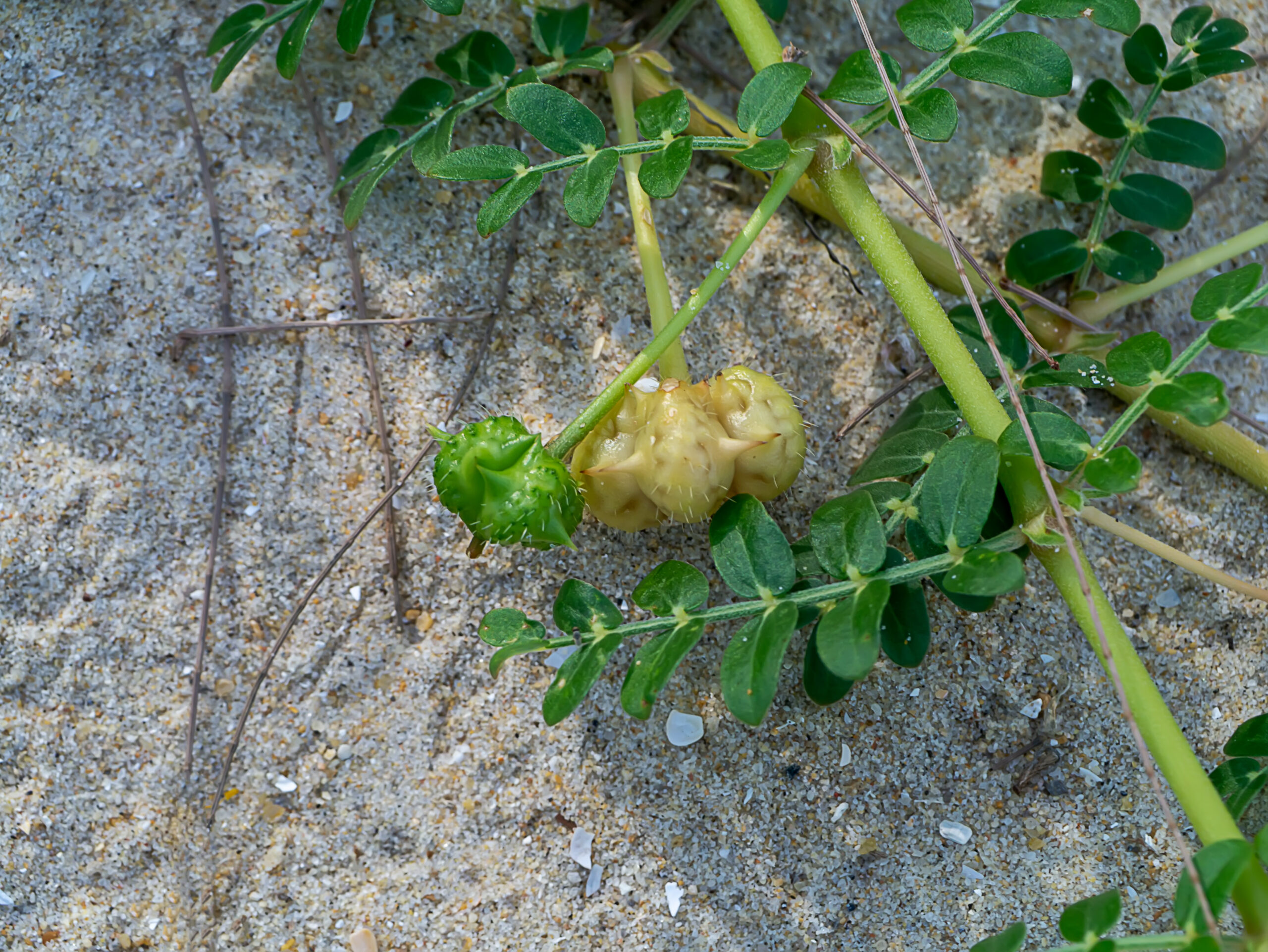⚠️ Poison Hemlock Alert: How to Identify and Avoid This Deadly Plant
Don’t Let Pretty Flowers Fool You—This Plant Can Kill
As spring turns to summer, lush green landscapes and blooming wildflowers bring life to fields and roadsides. But not everything growing in nature is harmless. One highly toxic plant—Poison Hemlock (Conium maculatum)—is spreading rapidly due to wetter-than-average weather, and it’s more dangerous than many realize.
Even a small mistake in identifying this plant can have life-threatening consequences. Here’s what you need to know to stay safe, especially if you enjoy hiking, gardening, or foraging.
—
What Is Poison Hemlock?
Poison Hemlock is a highly toxic biennial weed that thrives in damp soil. Native to Europe and North Africa, it’s now widespread across North America and often found along roadsides, ditches, creek banks, and open fields.
Quick Facts:
Height: 6 to 10 feet tall
Flowers: Tiny white blooms in umbrella-shaped clusters
Leaves: Fern-like and resemble parsley or carrot tops
Stems: Smooth green with purple or maroon blotches
Toxicity: Every part of the plant is poisonous—even seeds, roots, and sap
—
Why Is Poison Hemlock Dangerous?
The plant contains toxic alkaloids that affect the nervous system, potentially causing death within hours if ingested. Skin contact may also lead to irritation, especially if plant oils reach your eyes or mouth.
Symptoms of Poison Hemlock Poisoning:
Nausea and vomiting
Rapid heart rate
Muscle paralysis
Respiratory failure
Death, even from small doses
Exposure doesn’t always come from ingestion. Inhaling fumes while mowing or burning the plant can also be harmful. Sensitive individuals should be particularly cautious when working outdoors this season.
—
Poison Hemlock vs. Queen Anne’s Lace: Know the Difference
One of the biggest dangers is that Poison Hemlock mimics edible or harmless plants like wild carrot (Queen Anne’s Lace). This resemblance makes it especially risky for children, pets, and foragers.
Feature Poison Hemlock Queen Anne’s Lace
Stem Smooth with purple blotches Hairy and green
Smell Unpleasant, musty Carrot-like aroma
Height Up to 10 feet Typically 1–3 feet
Habitat Roadsides, ditches, moist fields Dry meadows and sunny areas
> Tip: Always research thoroughly and consult a local expert before foraging or handling unknown wild plants.
—
How to Stay Safe Around Poison Hemlock
Protect yourself and your loved ones with these essential precautions:
✅ Do:
Wear gloves and long sleeves if working near suspicious plants
Wash hands and clothes immediately after contact
Educate children about not touching unknown plants
Report large infestations to your local extension office
❌ Never:
Touch the plant bare-handed
Burn it (the smoke is toxic)
Allow pets or children near it
Confuse it with wild carrots or parsley
If exposure occurs and symptoms develop, seek emergency medical help immediately.
—
When and Where to Watch for It
Thanks to a wet spring, Poison Hemlock is flourishing in 2025. Look out for its white flower clusters blanketing ditches, roadsides, or open spaces during late spring through early summer.
If you spot it:
Take a photo from a safe distance
Use a plant ID app or contact your local extension service
Avoid disturbing it until professionals assess the risk

